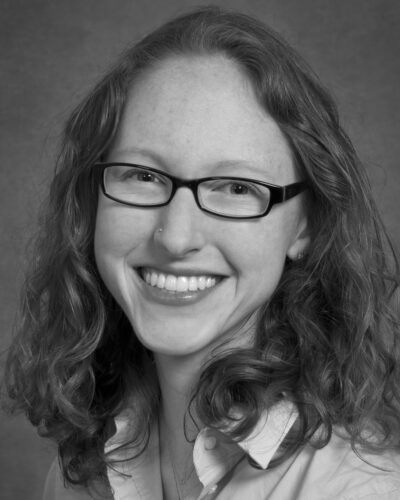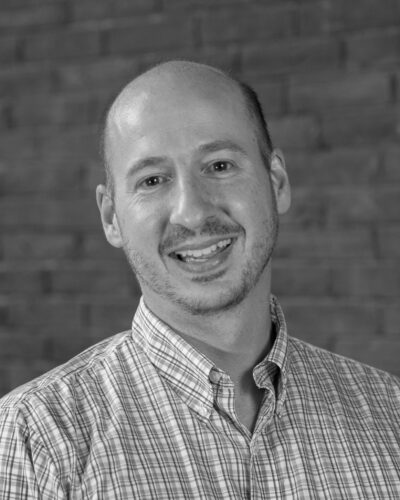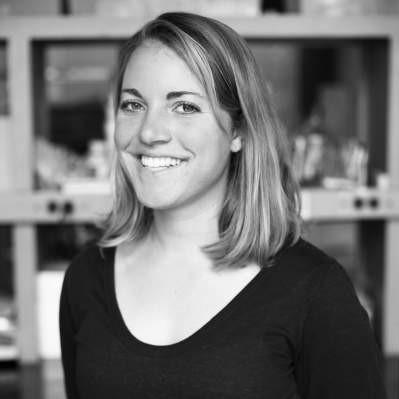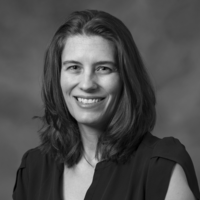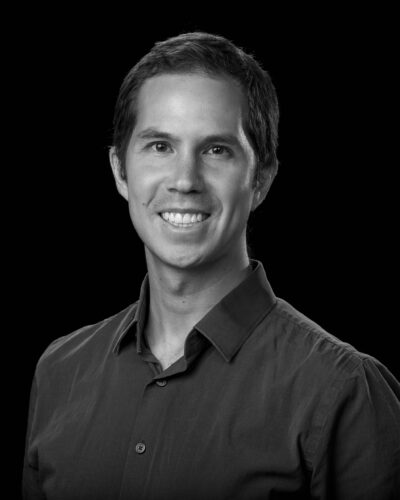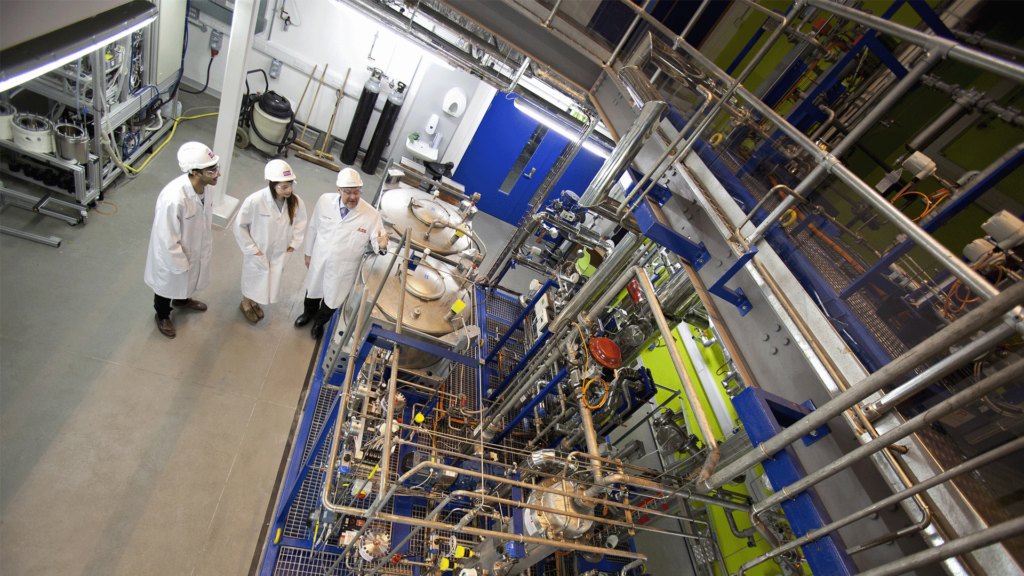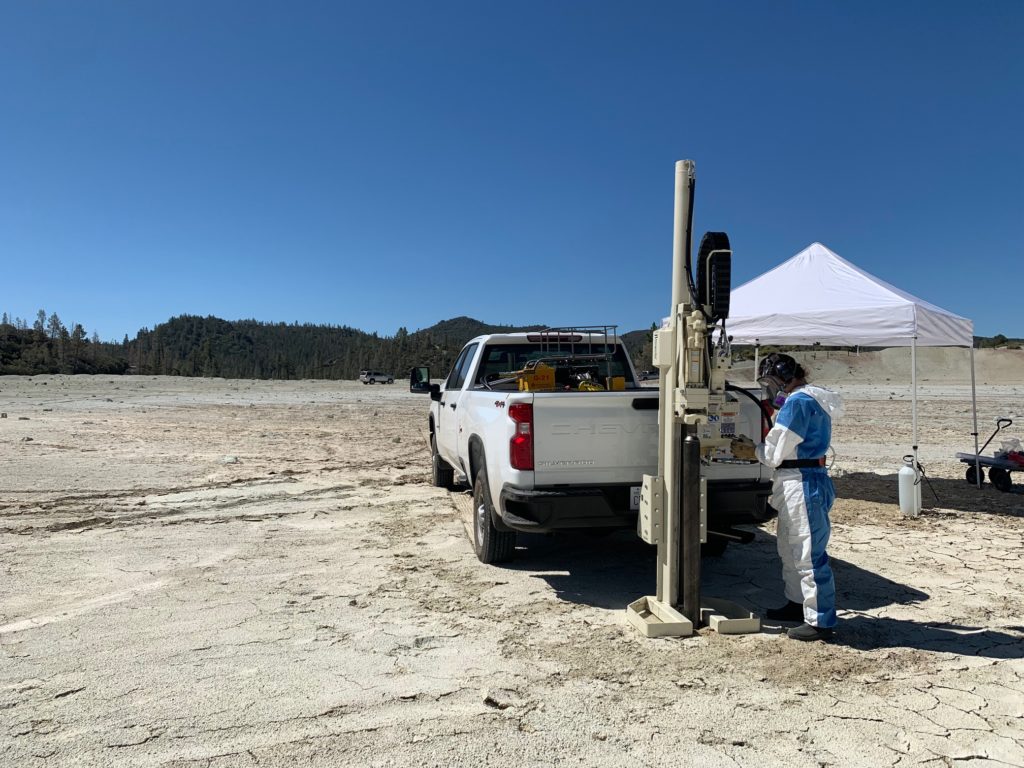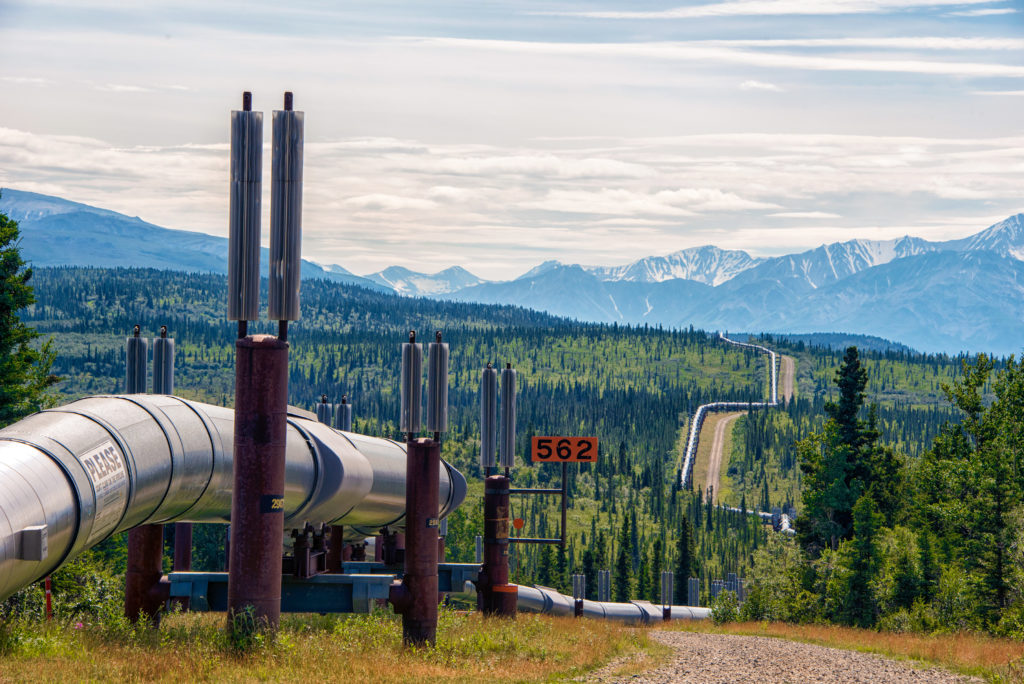TRANSCRIPT
The conversation in today’s episode focuses on content found in the newly released “Roads to Removal” report. For more information and sources, please visit www.roads2removal.org
James Lawler: [00:00:00] Welcome to Climate Now, a podcast that explores and explains the ideas, technologies, and the solutions that we’ll need to address the global climate emergency. I’m your host, James Lawler. In November 2021, the U.S. government outlined their plan to achieve net zero emissions by 2050 through decarbonizing the economy and removing and storing a billion tons of carbon dioxide per year.
Now, researchers from Lawrence Livermore National Laboratory, along with scientists from more than a dozen other institutions, have completed a first of its kind, high resolution assessment of carbon dioxide removal, or CDR, in the United States, to help show how the U.S. will be able to meet its 2050 targets.
The report, entitled Roads to Removal, Options for Carbon Dioxide Removal in the United States, analyzes various carbon dioxide removal techniques that are currently available, along with their costs, socioeconomic impacts, and feasibility in different regions of the United States. The Roads to Removal report is now available.
Quoting directly from the [00:01:00] report’s press release, the report concludes that with today’s technologies, removing 1 billion metric tons of CO2 per year will annually cost roughly 130 billion in 2050, or about 0.5 percent of current GDP. Removing this magnitude of carbon dioxide from the atmosphere annually will require increasing the uptake of carbon in forests and in working agricultural lands, converting waste biomass into fuels and CO2 and using purpose-built machines to remove CO2 directly from the air.
This ensemble of lowest cost approaches for CO2 removal would create more than 440,000 long term jobs and can be achieved using renewable energy sources with currently available land and below ground geologic storage for CO2. The granular analysis provided in the Roads to Removal Report gives decision makers across the United States a lens for location specific opportunities, enabling them to make decisions that best fit the places they call home.
Today’s episode was made possible through the support of the Climate Works Foundation, Grantham Foundation, [00:02:00] and Breakthrough Energy. Climate Now is made possible in part by our science partners like the Livermore Lab Foundation. To better understand the Roads to Removal report, Climate Now has brought together some of the scientists and researchers involved in its creation.
We start with Roads to Removal lead author, Dr. Jennifer Pett-Ridge, from Lawrence Livermore National Lab.
Jennifer Pett-Ridge: My name is Jennifer Pett-Ridge, I’m the lead of the Carbon Initiative at Lawrence Livermore National Laboratory. The Roads to Removal Report is a national scale assessment of carbon dioxide removal. It’s conducted at a county level and we’re assessing both the capacity and the costs for removing CO2 from the atmosphere in various different ways.
So to conduct this analysis, we brought together experts from all across this country. These are individuals who have long studied lots of different topics that are relevant to removing CO2 from the atmosphere. And together, these individuals helped us really analyze existing data and [00:03:00] model what we think is likely to happen over the coming 30 years.
We’ve recognized as a nation and as a planet that we need to achieve certain goals in removing CO2 from the atmosphere. Our team at Lawrence Livermore made an analysis for the state of California a couple of years ago that showed that absolutely we could achieve the goals that our state had set. But then we started to ask can we do that as a nation and, where are the specific opportunities to achieve CDR or carbon dioxide removal targets using different technologies? Because every place has a different opportunity and different costs.
James Lawler: As Dr. Jennifer Pett-Ridge described, the report lays out a roadmap to help meet the United States’ climate goals and answers the questions, how much CO2 is it possible to remove in the United States and how much will doing so cost?
Each chapter of Roads to Removal was led by a subject matter expert who directed the analysis of how much each carbon dioxide removal method would cost in different regions of the United States, [00:04:00] what the potential impacts and co-benefits would be, and which methods make the most sense based on the unique characteristics of each region.
First up is Dr. Andrew Wong, whose team put together the Regional Opportunities Chapter. Dr. Wong, welcome. Tell us about the report and what your role was.
Andrew Wong: I’m an electrochemist and material scientist. The Regional Opportunities Chapter is really focused on highlighting the unique stories of each region and to bring about the idea of all the unique opportunities that these regions have towards carbon dioxide removal.
The topic of regions is really interesting because it really crosses a lot of different boundaries but the key takeaway is that every single region has its own superpower. And those superpowers really combine towards a common effect of carbon dioxide removal. A particular region might be excellent in terms of its forest resources or excellent in terms of agriculture or might have great geologic storage capacity, but they might be good at different things, meaning that in aggregate they all have their special ability to be [00:05:00] able to pull carbon dioxide out of the atmosphere and to be able to store it permanently, but they need to work together in cooperation to be able to have that whole process work in ensemble.
James Lawler: The report explains how different regions of the U.S. have their own unique characteristics and CDR capabilities. Some of these features are dictated by the natural environment in the region. Dr. Sara Kuebbing and Mark Ducey explored how our forests across the U.S. can help remove carbon dioxide.
Sara Kuebbing: My name is Sara Kuebbing. I am the Director of Research of the Yale Applied Science Synthesis Program, and I was one of the co-authors for our forest chapter studying the potential of forests for carbon dioxide removal. Forests have always called to me, and thinking about forest protection and conservation has always been something sort of central to what I want to do and how I want to spend my time.
Mark Ducey: I’m Mark Ducey. I’m a professor in the Department of Natural Resources and the Environment at the University of New Hampshire. Forests are really, really wonderful. They’re [00:06:00] special, they’re fantastic, and when you include the people as part of the forests, the forests become even more complex. So the challenges, the problems, the opportunities are never boring.
I looked at some of the large-scale patterns of forests across the country based on inventory data, what kinds of forests are where, how much carbon they’re currently sequestering, and what some of the potential is. And then, I helped some of the team members in thinking about some of the case studies to tunnel in on regional variation.
Sara Kuebbing: Forests are very effective for carbon dioxide removal because they’re evolved to remove and store carbon dioxide. The plants in forests are built to capture carbon dioxide and feed the energy sources for the ecosystem and all the other animals that live within those ecosystems. We explored three key areas that we think are ready today to scale up for carbon benefits; the southeastern United States, the dry western forests in the western [00:07:00] United States, and southern New England and southeastern New York.
For our study, we broadly consider there’s three main approaches or levers that we could pull to increase the total removal capacity and storage capacity of forests. The first is increasing the total amount of forested area or the total amount of direct air capture forest facilities that we have within the United States. The second is maintaining and managing those forests in a way that increases and maintains their efficiency at removing and storing carbon dioxide.
And the third is creating forests that will be resilient to all the future climate stressors and threats that they face in the future, but also today to protect those carbon stocks that we have. One of the biggest takeaways of our chapter is that forests are a critical part of our nation’s carbon budget.
And so we don’t need to develop any new technology by using forest, we also want to see forest in the future. So while forest and, and our ecosystems face a lot of threats [00:08:00] with climate change, we also don’t want to live in a future where we don’t have forest. And so forests are really effective and scalable because the technology already exists, and we have them on the landscape right now so we can work with them immediately and today.
Mark Ducey: Forests are really multi-purpose, multi-function, and they’re already meaningful and valuable to us. So there’s something that we really want to take care of and steward, and doing a better job of that will also help us address the climate challenge.
James Lawler: Beyond forests, soils and croplands are also invaluable for removing and storing CO2. In the Roads to Removal report, research examined three soil management practices, looking at how much CO2 they could potentially remove from the atmosphere on an annual basis. Dr. Allegra Mayer of Lawrence Livermore National Laboratory and lead author of the soils team explains.
Allegra Mayer: The biggest takeaway from the soils chapter is that the practices that we identified, which are cover cropping and planting perennial crops, [00:09:00] not only reduce erosion and have lots of environmental benefits, but they simultaneously draw carbon out of the atmosphere and store it in soil.
We found that we can start with this right away, that’s a major benefit. We can start today and they can be applied across croplands throughout the United States. Carbon stored in soil can sometimes remain in the soil for thousands of years but most of the carbon that’s stored in soil gets cycled much more quickly.
This is due to both natural processes and the way that the land is managed. So we can manage land to maintain that soil carbon for longer, if we can help incentivize managers to continuously implement a practice that will keep carbon stored in soils. So the important thing here is that we need to think about soil carbon as being something that we need to continuously invest in and maintain over the long term.
James Lawler: In addition to forests and soils, the Roads to Removal team wanted to understand how biomass, that is organic material mostly derived from plants, could be maximally used to pull CO2 from the air. [00:10:00] Here’s Dr. Sarah Baker, a materials chemist who led the Biomass for Carbon Removal and Storage Team for the report.
Sarah Baker: I became a materials chemist because I’ve always just been fascinated with stuff. You know, how is it made? How can you make it better? My group works on materials for direct air capture, and to convert carbon dioxide into useful chemicals today. And all of these are materials challenges that have to be overcome.
BiCRS is biomass for carbon removal and storage, and this is an umbrella term that encompasses any approach that uses biomass or plants to capture carbon dioxide from the air and durably store it out of the atmosphere in a way that helps reduce the impacts of climate change. So this is a bit different than what was known as BECCS or bioenergy with carbon capture and storage because we’re taking away the emphasis [00:11:00] on energy because there are a whole lot of valuable things one can do with biomass for carbon removal beyond just making energy products.
For example, in our chapter we looked at making chemicals. We looked at making bio-oil that could be used in asphalt, and we looked at uses in producing lumber for building purposes. Biomass is plants, and in all of these approaches, we of course want to prioritize uses of these plants that doesn’t impact biodiversity, that doesn’t impact food security, or rural livelihoods.
I’d say the biggest takeaway from our chapter is the enormous impact that BiCRS could have if we build it out in the United States. We found that BiCRS could really have among the highest impact on carbon removal because of the amount of carbon that could be removed with [00:12:00] BiCRS at a cost of less than 100 per ton.
James Lawler: The report examined direct air capture, or DAC, an emerging set of technologies that allow for the direct extraction of CO2 from the surrounding air. Dr. Simon Pang, Staff Scientist in the Materials Science Division at Lawrence Livermore National Lab, led the direct air capture chapter of the Roads to Removal Report. He explained to us what his team found when analyzing the potential of DAC across the U.S.
Simon Pang: I’ve always been really interested in science and math, and in high school I had a really excellent chemistry teacher that really kind of showed me the power of thinking about atoms and molecules and how we can use them and manipulate them to develop anything that we need in our world.
The high-level takeaway from our direct air capture chapter is that we have more than enough opportunity to deploy direct air capture with wind and solar energy to get us to the gigaton, to get us to net zero. It’s really important in our analysis that we look at locations where we could pair direct air capture with [00:13:00] wind and solar energy resources, because these are low carbon energy resources.
We don’t want to be emitting a lot more carbon into the atmosphere in the process of trying to actually remove it from the atmosphere. We estimate that we could deploy about 14 billion tons of direct air capture, and this is mostly associated in locations where we have ample opportunity for deploying additional wind and solar energy, and in locations where we also have the geologic storage reservoirs to be able to store the CO2 once we’ve captured it from the air.
But it doesn’t make sense to use direct air capture as the only solution to achieve our net zero goals. As we outlined in the report, there are a lot of different options that we can use in different parts of the country, uh, in addition to decarbonization efforts that are going to be required. Direct air capture happens to be the most expensive solution out of the carbon dioxide removal solutions that we examined, and so we’re going to use as much as we need, but probably not a lot more.
James Lawler: Once [00:14:00] carbon dioxide is removed or captured through any of these direct air capture methods, it needs to be transported and then stored permanently so that it stays out of the atmosphere. Doctors Pete Psarras and Sue Hovorka explain what that looks like.
Pete Psarras: I’m Pete Psarras, a research assistant professor in chemical engineering and energy policy with the University of Pennsylvania.
And for the Roads to Removal report, we studied the transport of carbon dioxide in biomass. I started studying CO2 on Mars, of all places, because there’s a whole lot of it. And somewhere in my PhD I realized there was maybe too much of it here too. We think people ought to know that the transport of CO2 is much more than just pipeline.
There’s a lot more nuance involved. So in addition to pipeline, you can transport CO2 via freight rail, there’s a vast rail network in the United States already ready to transport that. You can move CO2 in refrigerated form via trucks, again, also being done all over [00:15:00] the United States. And you can also move CO2 via marine or barge transfer, so on our waterways and coastline.
So when we set out to study the transport of carbon dioxide and biomass, we wanted to consider where are the regional opportunities? How do these modes interact and complement one another? And I think most importantly, what are the impacts to communities so that we can understand how these fit into the larger picture?
We think the work is significant because it brings a community first approach to, to responsible deployment and how transport fits into that. And we think that needs to be the paradigm shift in how we think about carbon dioxide removal in general. But more specifically, at Transport, we, we wanted to broaden the narrative beyond just pipeline, to enlighten people, to explore other options that can help kind of complement the risk profile of pipeline and develop a portfolio approach to our transport of these [00:16:00] goods.
Sue Hovorka: I’m Sue Hovorka. I’m a geologist at the University of Texas at Austin. On this project, I worked on what to do with the very large amount of CO2 that will be captured. What we do with it is put it deep underground in geologic environments where it will be isolated from the atmosphere.
The CO2 came from deep underground, so to put it back is a very reasonable thing to do. My group at the University of Texas has been working on storage since before anybody knew what it was all about, since 1998. And we’ve worked a lot on the large volumes of storage that are necessary in areas of the Gulf Coast where very large amounts of CO2 are now being emitted, and that has to stop. So we are supporting big emitters, so it was a pleasure to look at the removals because that’s our next thing. We’ve done a number of field tests where we injected CO2, so I have personal experience about injecting CO2.
Pete Psarras: What’s beautiful about CDR is we [00:17:00] have liberty of where to site these. So the best transport option we found is none at all.
Co-locate these with storage basins so we can take transport out of the picture, take those risks and costs out of the picture, and we think communities would be very supportive of that. And we think there’s tremendous potential to do that and to hit a pretty large scale. I don’t think it gets us all the way there, hence why a transport used to fold into the picture. But there are certainly plenty of opportunities to eliminate transport altogether.
Sue Hovorka: The biggest takeaway from our work is that we have plenty of space in the US to take the CO2 from the atmosphere and put it away forever. We want to store large amounts of CO2 in sedimentary rocks.
Sedimentary rocks are ideal for our purposes because they have lots and lots of space, the spaces between the individual grains that make up a sedimentary rock. So if you think about sand, between each sand grain, there’s a space, and that’s the space that the [00:18:00] CO2 can go into, so sedimentary rocks are our target.
We also want them to lie in the Goldilocks depth. We want them to be not too shallow and not too deep. So they have to be deep enough so that they’re below and isolated from fresh water, and they have to be shallow enough so that you’re still keeping those spaces between the rock grains and they’re not getting squished.
That’s usually depths greater than half a mile and less than three miles in the middle, about one or two miles deep is the ideal location. So CO2 is injected below freshwater. It also has to be isolated from freshwater. All injection in the U. S. is controlled by federal law. Under the Safe Drinking Water Act of 1974, freshwater resources are protected during injection so as long as our projects comply with federal law, drinking water is well protected.
James Lawler: Understanding the science and the technical aspects of carbon dioxide removal is one thing. Understanding the potential impacts on energy, equity, and environmental justice of [00:19:00] scaling CDR to a billion tons of CO2 removal per year by 2050 is another.
The Roads to Removal Report dedicates a chapter to Energy, Equity, and Environmental Justice, or EEEJ, to take stock of how scaled CDR will impact people’s lives and futures, and how it can be done in a way that benefits historically disadvantaged communities. Dr. Kim Mayfield led this chapter in Roads to Removal and joined us to explain what drew her to this work and what her team found.
Kim Mayfield: When I was a kid going to school, in elementary school, we had these things that we called black snow days, right? So this is where we would all run outside for recess, and then we would play in the ash that was falling down, because my school was surrounded by industrial sugarcane fields. And what they would do is they would burn all of the fields, including all of the plastic irrigation, and all of it would be on fire, and us kids would just go run out in the ash and play in the black snow and we thought it was really fun.
We didn’t really understand what we were playing in. But then there [00:20:00] were also the kids that had asthma, and what happened to them is that they all had to go into quarantine in the library, the one and only room that actually had air filtration. And they had to be stuck there all day, and they couldn’t go out for recess.
So I was lucky that I didn’t have asthma and I got to go and enjoy it, but they didn’t and now that I think back on it as an adult, I’m kind of horrified by what was happening. And there are still places in the United States that were burning pasture and farm waste is just typical common practice. And I’m not telling people that do it, that I’m judging them or anything but what I am saying is that, gosh, I really wish that there had been a different facility nearby where they could have instead just brought the sugarcane waste to, rather than burning it and making all of my classmates have to go run and hide. I just want all of the kids to get to enjoy the same air quality and the same health benefits.
I think that one of the biggest outcomes of the Energy Equity and Environmental [00:21:00] Justice chapter of the Roads to Removal Report is that we really can do this. And not only can we do it, but we can do it with a purposeful direction that puts people back to work in places that really need the jobs and in a way that can reduce air and water pollution for all of the residents around the United States.
Something that we did that’s really first of its kind here is that we have created an Energy Equity and Environmental Justice Index that is specific to each and every single one of the carbon dioxide removal methods analyzed in the report. And this index is not just one value, right? I mean, that’s what we turned it into, but this index is comprised of tens of different resources across the United States, data that we all compiled together to uniquely address the tradeoffs for every carbon dioxide removal method. And it is from the index value that we assign that you can essentially assess if [00:22:00] there’s a high opportunity for co-benefits doing one carbon dioxide removal method in a county or if there’s maybe minimal opportunities and maybe you should look at other counties instead.
One of the really neat things that you can do with our Energy Equity and Environmental Justice Index that we did in the Roads to Removal report is that you can compare this index to the United States Social Vulnerability Index, and it’s looking at these two different data sets that you can find exactly which counties in the United States are most vulnerable and would immediately benefit from very protective CDR methods such as forest management and sustainable soil management.
And then, you can also assess what less vulnerable counties there are in the United States that are poised to really collaborate from a place of power when it comes to these new engineered, innovative carbon dioxide removal methods, such as direct air capture and geologic carbon storage. The carbon dioxide removal industry itself is quite [00:23:00] new which means that it gets to do things in a different way than a lot of industries have ever gotten to do things before. And the industry as a whole has decided that they want to put community needs and community concerns and benefits at the forefront. And so we view this report as an opportunity for communities to take a look at what we have evaluated our potential benefits and potential challenges when it comes to each and every carbon dioxide removal method, so that they can negotiate in a community benefit plan from a place of power, understanding, and evidence based data.
James Lawler: Finally, the Roads to Removal report asks, what do all of these findings look like when considered holistically?
Dr. Corrine Scown, staff scientist at Lawrence Berkeley National Laboratory, led a team looking at how all these components overlap in the cross cutting chapter of the report. Together, they took all the strategies, findings, and recommendations from every other chapter, analyzed them to see how they intersect and studied how they could be scaled together. Dr. [00:24:00] Scown joined us to explain what led her to this work and what her team found.
Corrine Scown: When I was in college, it was the early 2000s, and I was hearing a lot about climate change, but the curricula hadn’t really been developed. The first class I took, we as students just took turns reading different chapters of the latest IPCC report, and then the students would each deliver a lecture on the report on the chapter they had read so that we could all collectively figure out what was going on and learn about the science and it may be really concerned because I didn’t see a lot of change at that time.
You know, you would hear that half of the electricity comes from coal in the U.S. You would hear that there’s really no viable path to moving away from combusting petroleum for transportation. And then I’ll go and look at what’s happening in our energy system now and it’s like all of the [00:25:00] assumptions that I used to just take for granted as continuing to be true forever aren’t true anymore.
The biggest takeaway for me is that it’s possible to scale up CDR in the near term without competing with our efforts to decarbonize the economy in the U.S., and we need to start now. To reach carbon neutrality in the U. S., it’s really important that we do decarbonization while we are scaling up CDR and we have to make sure that those things don’t compete with each other, uh, whenever we can. It’s not just about one strategy or the other or selecting between different options, it’s about doing all of them and some of them can scale up more in the near term. So agricultural soil management, forest management, those are things that have big co benefits. They have other benefits besides carbon removal, and they’re things that we can do now without building physical facilities.
In the longer term, we have to scale up DAC and BiCRS, [00:26:00] and it takes time to get shovels in the ground. And so, you’ll see those things take a little longer before they really take off in terms of the annual carbon removal that we can achieve. The combination of decarbonization is, in some cases, going to transform the local economies in a lot of the regions in the U.S. that have seen kind of underinvestment, declining industry activity, and I think that’s one of the most interesting things.
You can envision a region where you’re growing a carbon crop and restoring the soils there. On that same land, you might build wind turbines and use that to supply energy to DAC facilities that are sucking carbon out of the air. So not only do you have healthier soils, you have potentially reduced nutrient runoff from those soils and you have cleaner air. I think that’s a really attractive future and we should try to roll this out in a way that delivers that for people.
James Lawler: To end this episode on the Roads to Removal Report, we asked our guests to share some of their final [00:27:00] thoughts on their experience working on the report and the impact that they hope it will have.
Andrew Wong: It’s a cross cutting story. And it’s really trying to highlight how you can group people together for collective effort. and how you can get them to collaborate across state boundaries. I think this is something that, uh, that I found really unique of, of how can you get people to not think about their little silo and what they can do in silo, but how they could actually make connections and work collaboratively across the entire country.
Allegra Mayer: Working on this report has been an honor. I’ve gotten to learn from some of the best minds on carbon dioxide removal in the country. Not only in soil-based carbon dioxide removal, but also on the technologies that I’m just learning about, on biomass based carbon dioxide removal and storage, on geologic storage. This report is at a scale and detail that I don’t think we’ve seen before [00:28:00] and being a part of it, it feels amazing to be able to have an impact both at the national scale from policymakers and decision makers down to the local level, to the land stewards themselves, to the communities deciding, do I want to implement this practice here?
I feel like there’s more to be done. This report has been so exciting, but there are so many more aspects of carbon dioxide removal that we can explore, that we can implement right away, that we can scale up to the global level. I think there’s more to come and I’m excited to be a part of it.
Jennifer Pett-Ridge: So one thing that’s really important to remember about this analysis is the first thing we need to do in this country is decarbonize. We need to reduce the number of emissions from both fossil fuels as well as our agricultural sector. That’s 90 percent of the job to be honest. But even if we did every bit of decarbonizing that we could, there is still a need to [00:29:00] remove something on the order of a billion tons of CO2 from the atmosphere.
And that’s where this report is so important. We need to start that process tomorrow, we can’t wait until 2050. So essentially this boils down to we need to do our best and remove the rest.
Mark Ducey: Looking at all the different tools that we have, realizing that some of them will work well at some places, some of them will work well in some times. But with a diversity of strategies, if we don’t put all of our eggs in the one most promising basket, but we recognize that by putting eggs in lots of different promising baskets, we’re gonna succeed. That gives me a lot of hope.
Simon Pang: What I want people to get out of reading Roads to Removal is what their county, what their region is really going to be good at in participating in this new carbon management economy.
Are they going to be really good at direct air capture? Are they going to be really good at, uh, improving agricultural [00:30:00] practices? I think each part of the country has a, a very unique story to tell, uh, and a unique role to play in this emerging field. I’m optimistic that we’ll reach net zero. I’m optimistic that we’ll be able to hit our climate targets.
It’s gonna be difficult, but I think we can do it. There are a lot of direct air capture startup companies that are emerging, a lot of people that want to participate in this industry, and that’s really exciting. What I’m worried about is, if any of them fail, is that going to be problematic for the industry? I think as, you know, as scientists, we’re very comfortable with some experiments succeed, some experiments fail. It’s going to need an all of the above approach and we’re going to have to be tolerant of the fact that not every company is going to be a success, not every technology is going to be a success, but we still need to try.
James Lawler: That’s it for this special episode covering the Roads to Removal Report that was just launched this week in December 2023. Thank you for listening. If you’d like to learn more about the findings of the report and how the U.S. can achieve a net zero greenhouse gas economy in the United States by [00:31:00] 2050, go to roads2removal.org. That’s roads, the number two, removal dot org. As always, we hope you enjoyed today’s episode. A fully sourced transcript of this episode is available on our website, climatenow.com. If you’d like to get in touch with us, you can email us at contact@climatenow.com. We love to hear from our listeners and we hope you’ll join us for our next conversation. Thank you.
Climate Now is made possible in part by our science partners like the Livermore Lab Foundation. The Livermore Lab Foundation supports climate research and carbon cleanup initiatives at the Lawrence Livermore National Lab, which is a Department of Energy applied science and research facility. More information on the Foundation’s climate work can be found at livermorelabfoundation.org.
